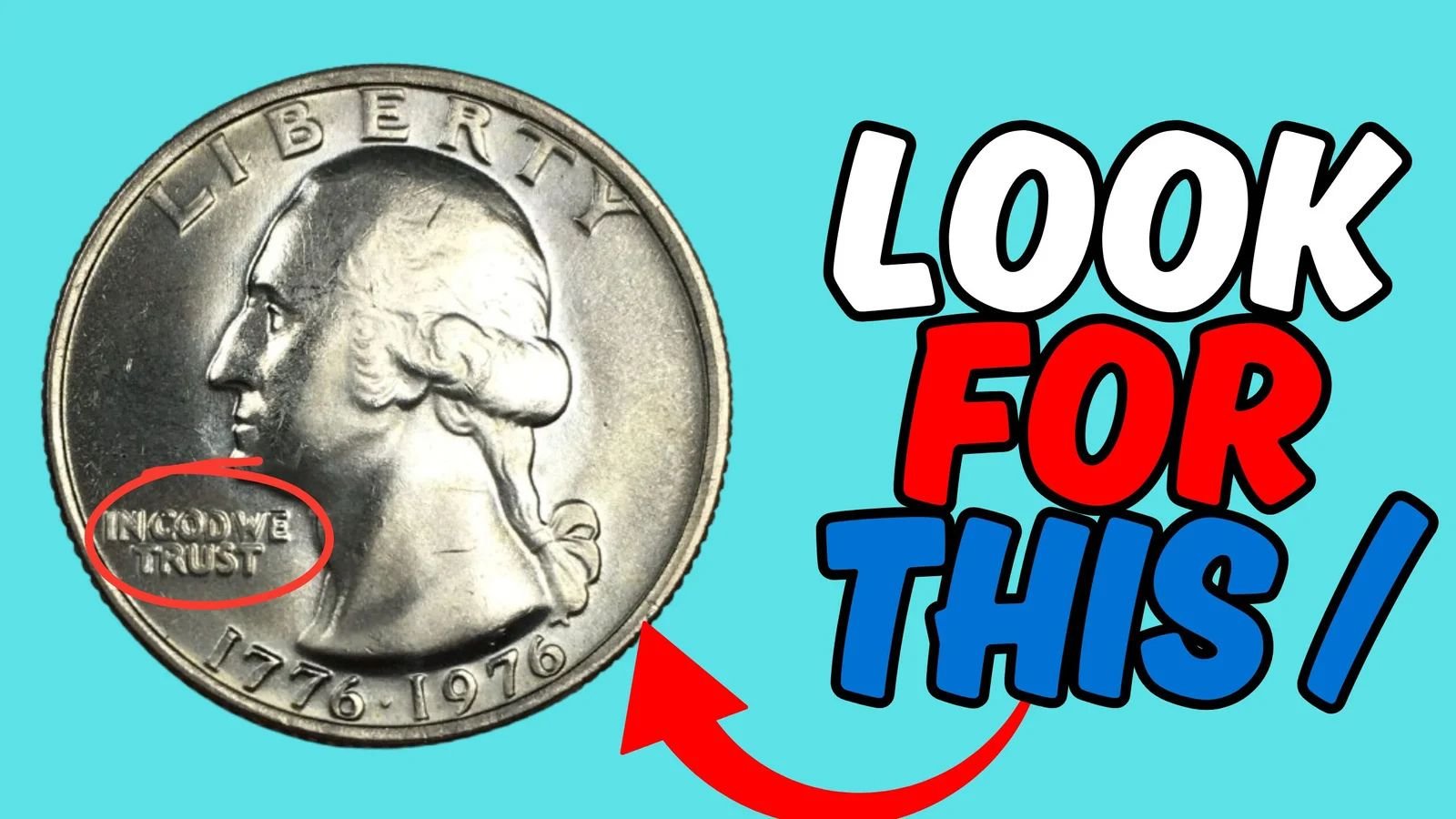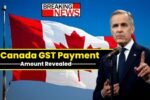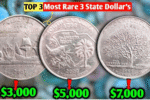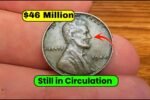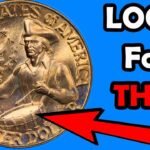In the wide-ranging and endlessly fascinating world of coin collecting—also known as numismatics—some coins stand out more than others. Among those, the 1976 Bicentennial Quarter holds a special place. Though over half a billion of these quarters were minted to commemorate the United States’ 200th anniversary, there exists a rare variant rumored to be worth an astonishing $2.2 billion. Yes, you read that right—a quarter potentially worth more than the gross domestic product of some small countries. While the billion-dollar valuation remains unverified, the ongoing mystery has turned the 1976 Bicentennial Quarter into a phenomenon, sending collectors and treasure hunters scouring change jars in the hopes of uncovering something extraordinary.
The Birth of the 1976 Bicentennial Quarter
In 1975 and 1976, the U.S. Mint released special quarters, half-dollars, and dollars to mark the nation’s bicentennial. These coins featured a dual date, “1776–1976,” and unique reverse designs celebrating America’s Revolutionary era. The star of the series was the 1976 Bicentennial Quarter. Its reverse bore the striking image of a Colonial drummer boy flanked by a torch and encircled by 13 stars—an iconic nod to the original American colonies.
These quarters were mass-produced for everyday use and were widely circulated over the decades. For many Americans, the 1976 Bicentennial Quarter is a nostalgic reminder of pop culture from the mid-1970s—a time of celebration and remembrance.
The Rumor of a $2.2 Billion Coin
One rumor that refuses to die involves a single 1976 Bicentennial Quarter worth $2.2 billion. The story is often presented as fact on clickbait sites and cryptic YouTube videos. The premise? A mint error or pattern coin of such rarity that its value stretches into the billions.
While there’s no record of such a sale at auction—and no coin grading service has verified a coin approaching that value—the legend persists. Even seasoned numismatists find it entertainingly implausible. That said, ultra-rare prototypes or off-metal errors do exist, and they have sold for high five-figure or even six-figure sums in verified auctions. But $2.2 billion? That remains firmly in the realm of speculative lore… for now.
What Can Really Make a 1976 Bicentennial Quarter Rare?
A few specific features can greatly increase the value of a 1976 Bicentennial Quarter to collectors:
1. Off-Metal Strikes
Some rare quarters were accidentally struck on planchets made for other coin types—like 40% silver or even foreign currency blanks. These off-metal errors are exceedingly rare and can be worth thousands of dollars. A 1976 quarter struck on a silver planchet used for collectors could be one of the most valuable.
2. Proof Errors and Deep Cameo
Collector-issued proofs from the San Francisco mint include cameo contrast and proof-only designs. Occasionally, a proof quarter may show dramatic errors—like double strikes or significant die misalignments. These can command high prices in the collector market.
3. Pattern or Prototype Coins
Before mass production, the Mint creates pattern coins for internal review and archival purposes. Some of these quarters may never have been released and could have minor design differences. If even one of these patterns made it into circulation—especially in pristine condition—it could generate major buzz and astronomical valuations among speculators.
4. Perfect Condition (MS-70)
Mint State 70 is the grading system’s perfect score. A 1976 Bicentennial Quarter in flawless condition—no marks, perfect strike, ideal luster—can fetch five-figure sums, especially if it’s a high-demand variant.
How to Spot a Potentially Rare Bicentennial Quarter
Found one in your change? Here’s what to look out for:
- Check the Dates & Mint Mark
Every 1976 Bicentennial Quarter has “1776–1976” on its obverse and a drummer motif on the reverse. The mint mark (D for Denver, S for San Francisco, or none for Philadelphia) is located beneath George Washington’s neck. - Feel the Weight & Metal
Standard commemorative quarters from circulation are clad—copper core sandwiched with copper-nickel and weigh about 5.67 grams. An off-metal struck on silver planchet would feel slightly heavier, produce a different ring, and show edge coloration that mimics silver. - Inspect for Errors
Look closely under bright light or with a magnifying glass. Find any doubling, off-center strikes, errors in lettering, or die cracks? A bold error may signal a rare 1976 Bicentennial Quarter. - Watch for Proofs or Cameo Contrast
Proof quarters have mirrors and frosted designs (cameo). If your quarter shows this contrast, it’s likely a San Francisco proof and not meant for circulation—but finding one in change would be a surprise. - Check the Grade
The better the condition, the more potential full collector value. Meticulously preserved coins—even modest variants—can increase worth greatly after professional grading.
Real-Life Valuations (Not Mythical)
While nothing proves anywhere near $2.2 billion, several authentic sales show strong interest in Baccentennial quarters:
- Silver Planchet Strikes: When a 1976 quarter was proven to be struck on a 40% silver planchet, it sold for tens of thousands.
- Proof Errors and Cams: High-grade Deep Cameo proof versions have sold recently for between $1,500 and $7,000.
- Pattern Coins: Though rare and seldom seen, pattern quarters bearing the bicentennial mark have fetched well into the five figures at specialty auctions.
These verified prices serve as a real benchmark for anyone hoping to uncover a valuable 1976 Bicentennial Quarter.
Frequently Asked Questions (FAQs About the 1976 Bicentennial Quarter)
Q1: What is the 1976 Bicentennial Quarter?
A: It’s the silver dollar-sized tribute quarter minted for the United States’ 200th anniversary, featuring a Colonial drummer boy and “1776–1976” on the obverse.
Q2: Why does someone claim a 1976 Bicentennial Quarter is worth $2.2 billion?
A: The claim appears to stem from rumors of lost pattern coins or extreme mint errors in unverified private hands—no reputable auction or grading certification supports the claim, so it remains speculative.
Q3: What makes a 1976 quarter valuable?
A: Off-metal strikes, proof or cameo errors, pattern coins, and perfect-grade examples are rare and highly collectible, and therefore valuable.
Q4: Could I really find a valuable quarter in my pocket?
A: Absolutely. While not common, special proof versions or rare errors occasionally slip into change, especially from long-overlooked coin stashes.
Q5: How should I sell a potentially valuable bicentennial quarter?
A: Start by having it professionally graded by services like PCGS or NGC. Then, sell through reputable auction houses, dedicated coin dealers, or numismatic forums.
Final Thoughts: Ordinary Coin or Hidden Treasure?
While most 1976 Bicentennial Quarter sightings end with nothing more than nostalgia, the thrilling possibility remains: you might hold a rare silver-struck error or even a prototype—with value far beyond mere face value.
Though the $2.2 billion legend may remain forever unverifiable, even the real-life high-end sales—tens of thousands of dollars—would be life-changing to the finder. So next time you spot a 1976 Bicentennial Quarter in your change jar or collection, take a moment. Inspect it, weigh it, and see if it steps outside the realm of ordinary.
Because while most are worth only 25 cents, the right 1976 Bicentennial Quarter could be worth thousands, or more. And that alone is reason enough to give every quarter a second look.
Some Important Link
| Telegram Group | Click Here |
| WhatsApp Group | Click Here |
| Home Page | Click Here |
